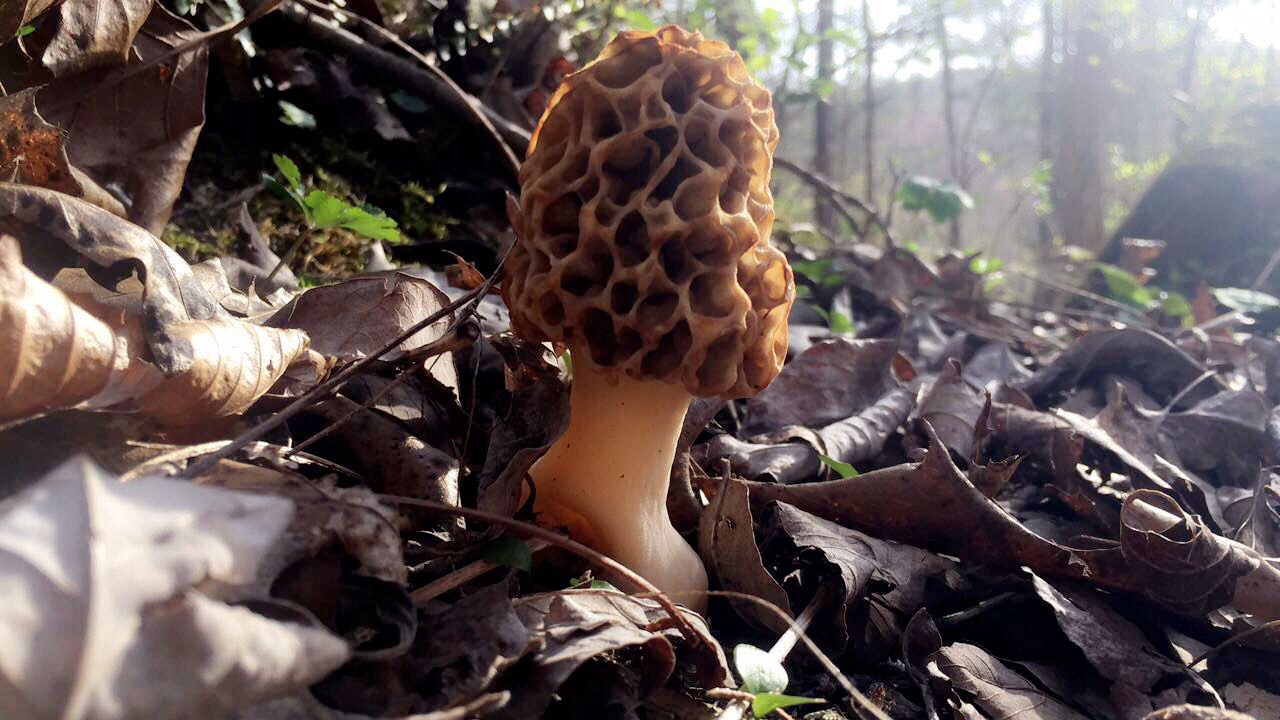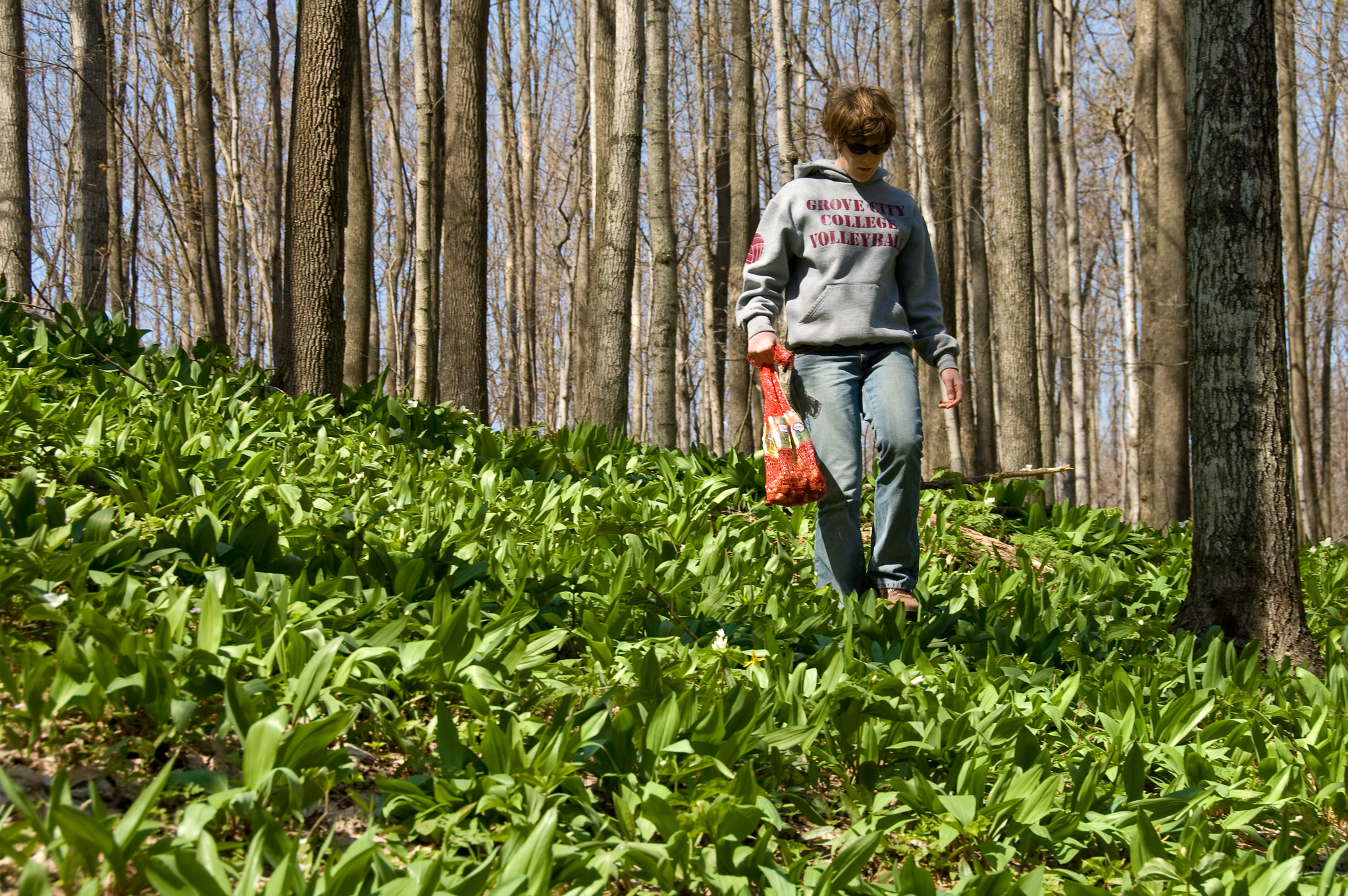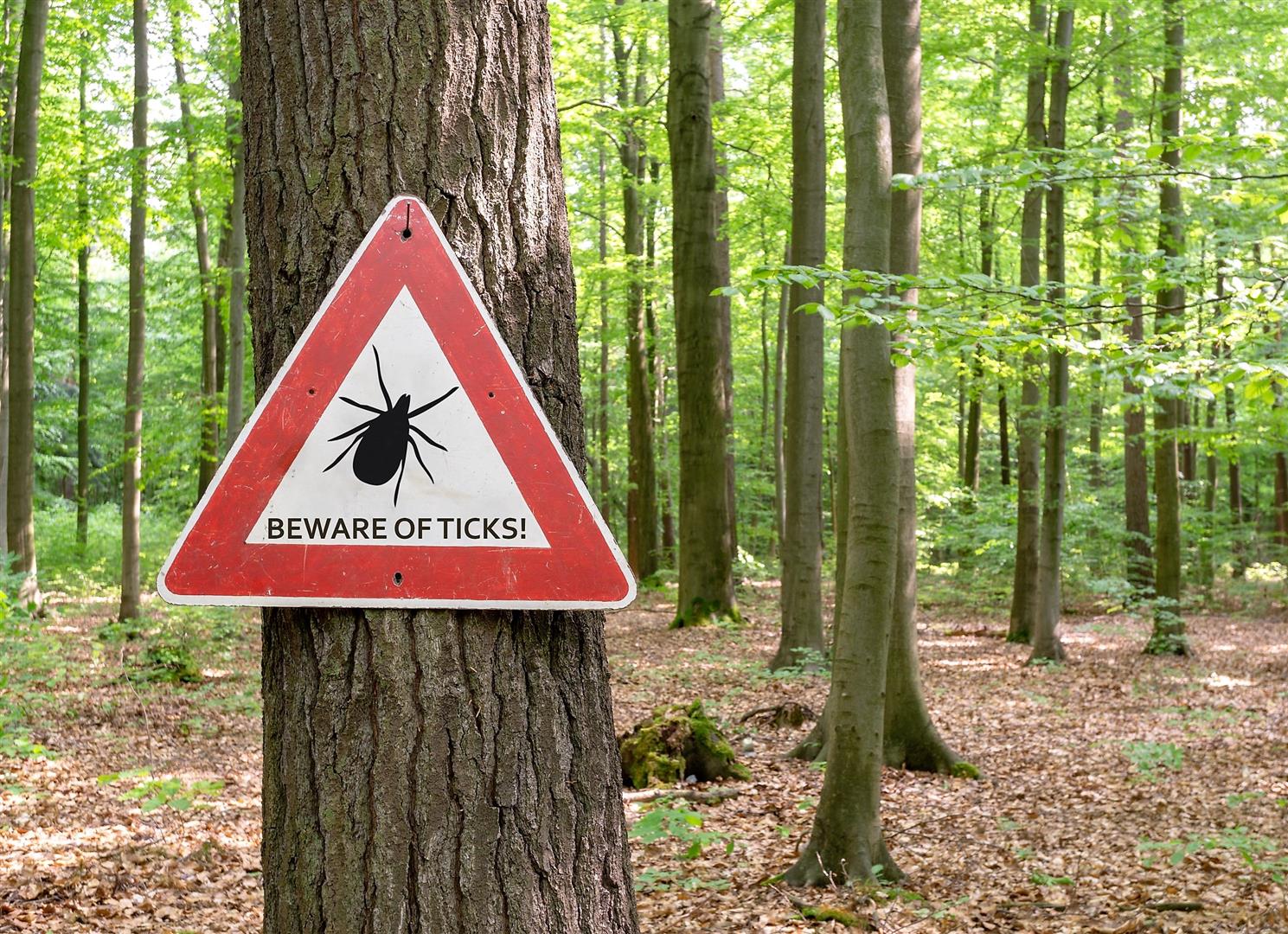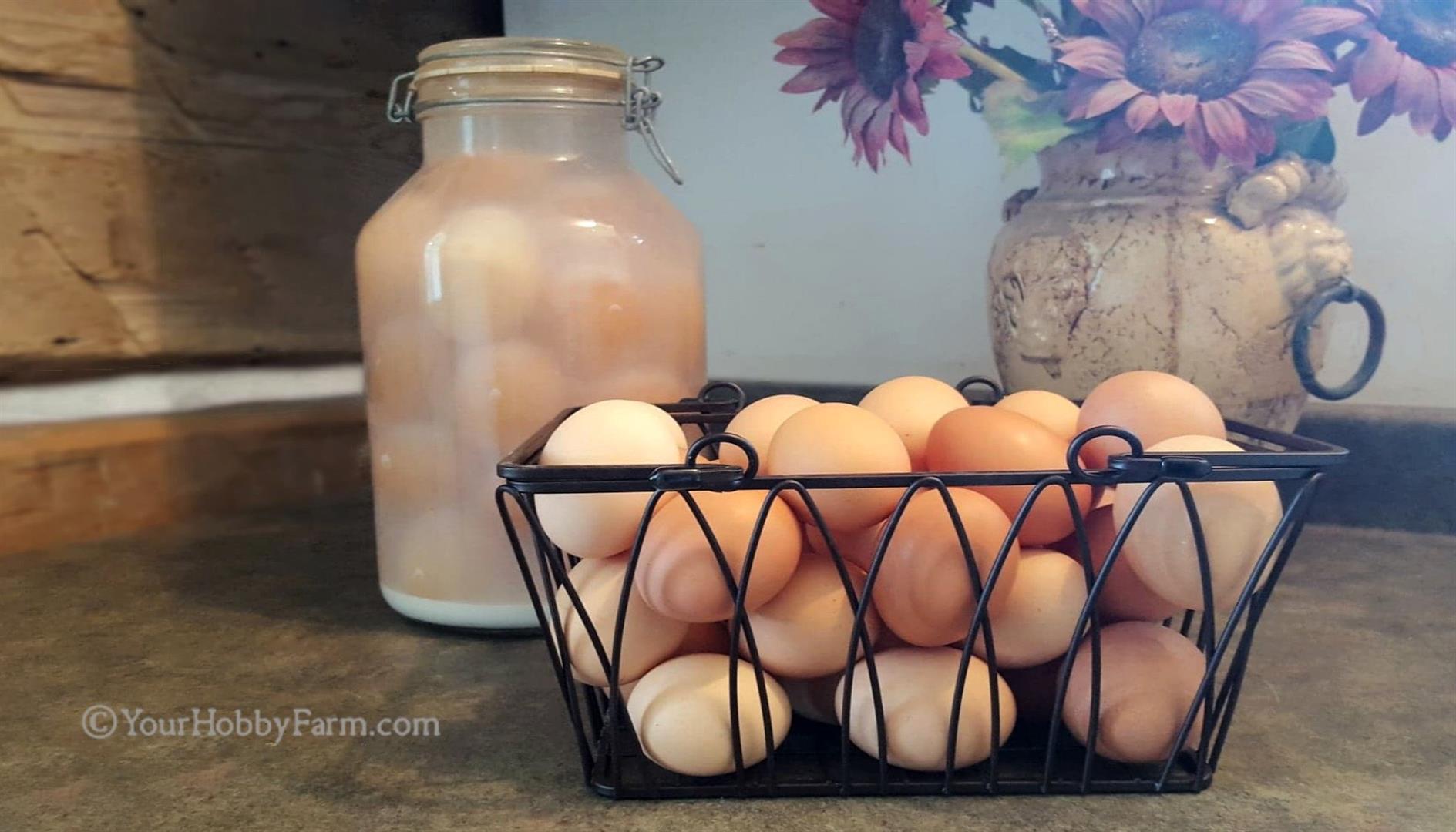Important Morel Mushroom Hunting Precautions
Hey friends and followers! We're changing our website address from YourHobbyFarm.com to HomesteadJoys.com.
With ongoing homestead responsibilities, this transition may take some time. Save our New Logo and QR code for easy navigation! We’d love you to join us in our journey!
 Homestead Joys Logo
Homestead Joys LogoAdhering to morel mushroom hunting precautions is an important part of the exciting morel mushroom treasure hunt. There are laws to respect and precautions to take while hunting for morel mushrooms. Put safety first, respect the environment and wild life, and hunt legally...
Before you head out for morel mushroom hunting, there are some really important things to keep in mind. These morel mushroom hunting precautions are for your own benefit, as well as for the benefit of others.
Important Morel Mushroom Hunting Precautions:
Ethics, Etiquette, and Safety
Hunt Ethically: No Trespassing When Hunting Morel Mushrooms
When hunting for morel mushrooms, if you're not foraging on your own land, it's important to be aware of what is permitted in the area you want to forage. Taking morel mushroom hunting precautions ahead of time may save you trouble later.
First of all, it's never acceptable to hunt on private land. In some areas, morel mushroom hunting may be permitted on state or provincial forest land but always find out for sure before you head out to forage.
In most cases national, state, or provincial parks, federal defense lands, and protected areas such as ecological or special reserves and recreation areas, including Forest Service recreation sites and trails, will not allow foraging.
Also, be careful not to trespass on private land. Permission must be requested and granted by the land owner.
Be aware that there may be private land within forested areas including tree farm licenses and woodlots.
Permission to pick mushrooms is required on First Nations reserve lands as well. The forest is their home and trespassing feels like an invasion.
In some of these areas you may not see any no trespassing sign, so it's important to check before heading into an area you're not sure of. It may save you grief later!
What is Morel Mushroom Hunting Etiquette?
When morel mushroom hunting, there are actually manners to mind which other mushroom hunters appreciate.
Wondering where to find morel mushrooms? You'd think that the best way to find out would be to ask a seasoned morel hunter, right? Well, that's one question that's best not to ask.
Morel hunters take mushroom hunting etiquette quite seriously, so here's another of our morel mushroom hunting tips to keep in mind: The first rule of mushroom foraging etiquette, for morels or any other mushroom, is that you never ask someone to show you where their foraging spots are.
This is a largely unwritten code which most foragers learn by hanging out with more seasoned foragers. Where they go hunting for morel mushrooms is one of the few morel mushroom hunting secrets that they keep to themselves.
If you come upon another mushroom hunter, give him or her a wide berth and assume that this is 'their patch', unless it's where you've hunted for a while.
If a morel hunter takes you to their special site, do not tell others about it or go there without the person who shared it with you. This is their secret, and sharing that secret with others feels like betrayal.
The knowledge of favorite gleaning grounds is hard earned. Morel hot spots are like trade secrets. It takes a lot of time and effort to find the best morel hunting places and they can be easily over-foraged, decreasing the chances in seasons to come. So, go ahead and ask for advice but just don't ask where.
Equip Yourself with Knowledge About Morel Mushrooms
Another very important morel mushroom hunting precaution is to make sure that you're are well equipped with knowledge about the mushrooms you're foraging for as well as any and all look-alikes! Spend some time training your eyes and brain before heading out. How would you do that? You can begin with studying our Pictures of Morel Mushrooms page. It will help you recognize true morel mushrooms even before you head out to forage them.
Also, learn to recognize and identify a False Morel Mushroom if you come across one. There are several types of mushrooms that fall under this category. While some people eat these, others who have eaten them have become very sick and sadly even have died.
Play it safe by following the simple, old adage, "If not hollow, do not swallow". Even though some mushrooms that are called "false morels" may not be terribly toxic, carefully researching the different types before eating them may keep you or others from getting very sick or even dying as a result of eating a toxic mushroom.
Another Important Morel Mushroom Hunting Precaution:
Be Aware of Dangerous Wildlife and Game Hunters!
When hunting for morel mushrooms, you'll often find yourself in the habitat of wildlife, some of which can be dangerous.
It's important to have a noise-maker, a dog, or another means of scaring off a potentially dangerous animal.
Morel mushroom hunting season also often coincides with wild game hunters which can also pose a real danger.
Spring hunting seasons are open for several different species, like bear, goose, turkey, and perhaps deer, depending on your location.
Being aware that you share the woods and meadows with game hunters is very important. Always wear bright colored clothing and cap.
You Are a Guest. Be Gentle, Don't be Greedy, Don't Litter
Remember, when foraging in the wild, you're essentially helping yourself to the pantry and fridge of your wildlife neighbors. If we enter their domain with packaged foods, canned or bottled drinks, or other waste materials, we need to remember that wildlife and litter don't mix well.
It's important to make it a goal to leave the area in as good a condition, if not better, than it was when you arrived.
Be a gentle forager on the landscape. Avoid damaging any surrounding flora and fauna. And please don't litter. Creation care is a privilege given to us by God.
And don't pick every last morel mushroom. Be mindful of the importance of leaving some to allow them to replenish themselves. A good rule of thumb is to leave at least 10%, and some recommend a little more, to keep patches active and thriving. This way you'll be more likely to enjoy morel mushroom hunting in the same area season after season.
Be Equipped for Hiking and Morel Mushroom Hunting
It can be easy to get turned around or lost while hunting for morel mushrooms in the woods, especially if you're focus in on the ground as you look for mushrooms.
To prevent getting lost, as best as you can, acquire a general knowledge of your hunting area before entering the woods.
You'll also want to be equipped for hiking and for the improbable chance of getting lost. Here are a few items that you'll want to equip yourself with when you go morel mushroom hunting. Some of these items are necessities and other items are good to bring just in case you may need them...
- Comfortable, waterproof hiking shoes or boots
- Bright clothing
- Layered clothing, ensuring you're warm enough
- Packable rain gear
- A sturdy walking stick
- Bug spray (DEET free, please)
- Charged cell phone
- Download our Pictures of Morel Mushrooms page for reference and verifying or
- A mushroom hunting pocket guide book
- A morel mushroom hunting permit (where required)
- A topographic map and a compass or
- GPS (noting your starting coordinates), an off-line GPS device, if possible
- Flashlight and extra batteries if needed
- Drinking water, both for yourself and your dog
- Food, even if it's a few granola bars, or a couple handfuls of nuts and raisins
- Food for your dog if you're bringing it along with you.
- Matches in a waterproof container, a lighter, or fire starters
- Kleenex or toilet paper
- Pocket knife
- Mesh morel mushroom hunting bag
- Backpack to carry your equipment
- Noise maker (or your dog) to deter dangerous wildlife
Be Aware of Ticks...
Morel mushroom season is also the time when the ticks can be plentiful in the woods. While you're hunting for morel mushrooms, these Lyme disease carriers are hunting warm blooded hosts by detecting breath and body odors, or by sensing body heat and moisture. The risk of Lyme disease should be taken seriously. Dress appropriately. Always wear long pants, socks, and a sleeved shirt. Natural bug spray, DEET free, is good if you have it.
As soon as you're home from your hike, check all over for any ticks that have attached themselves to your clothes and body. We've found that rolling an adhesive lint roller all over your clothing can pick up small ticks that our eyes can easily miss. A shower afterwards is always recommended. For more about tick precaution, have a look at these tick prevention steps to take for every hike.
Disclaimer: This Morel Mushroom Hunting Precautions page is provided as a service to mushroom hunters. It is 100% your own responsibility to make sure that you know what you're eating. We do not take responsibility for you ingesting any mushrooms that have any adverse effects.
K.V. 4918 1139 4318 (3/2021)
Translate This Page!
Traduire Cette Page!
¡Traduzca Esta Pagina!



Piping Rock©
Bringing you the highest quality In hundreds of health care and life-enhancing natural products at the
lowest cost to you!
high reviews, crazy deals,
happy, healthy customers!
Click here and save today!
Business Appreciation
* This website is not affiliated with
Piping Rock

Supporting our local feed mills
Meunerie Alexandria Milling
613-525-1973
Great Products • Great Prices
Great Service
Click the pic for their
facebook page!
Meunerie Alexandria Milling
Established in 1962 by The Massie Family
Email: Alexandriamilling@hotmail.Ca
475 Massie Crescent
Alexandria, Ontario, Canada
~~~
Small Business Appreciation
* This website is not affiliated with
Meunerie Alexandria Milling

















